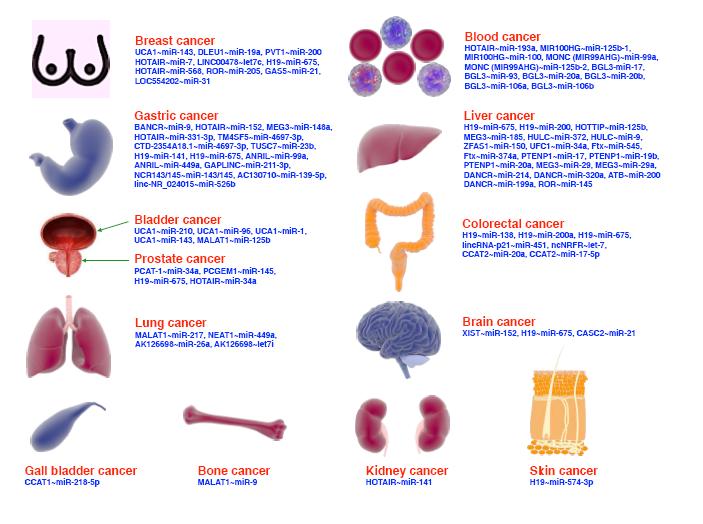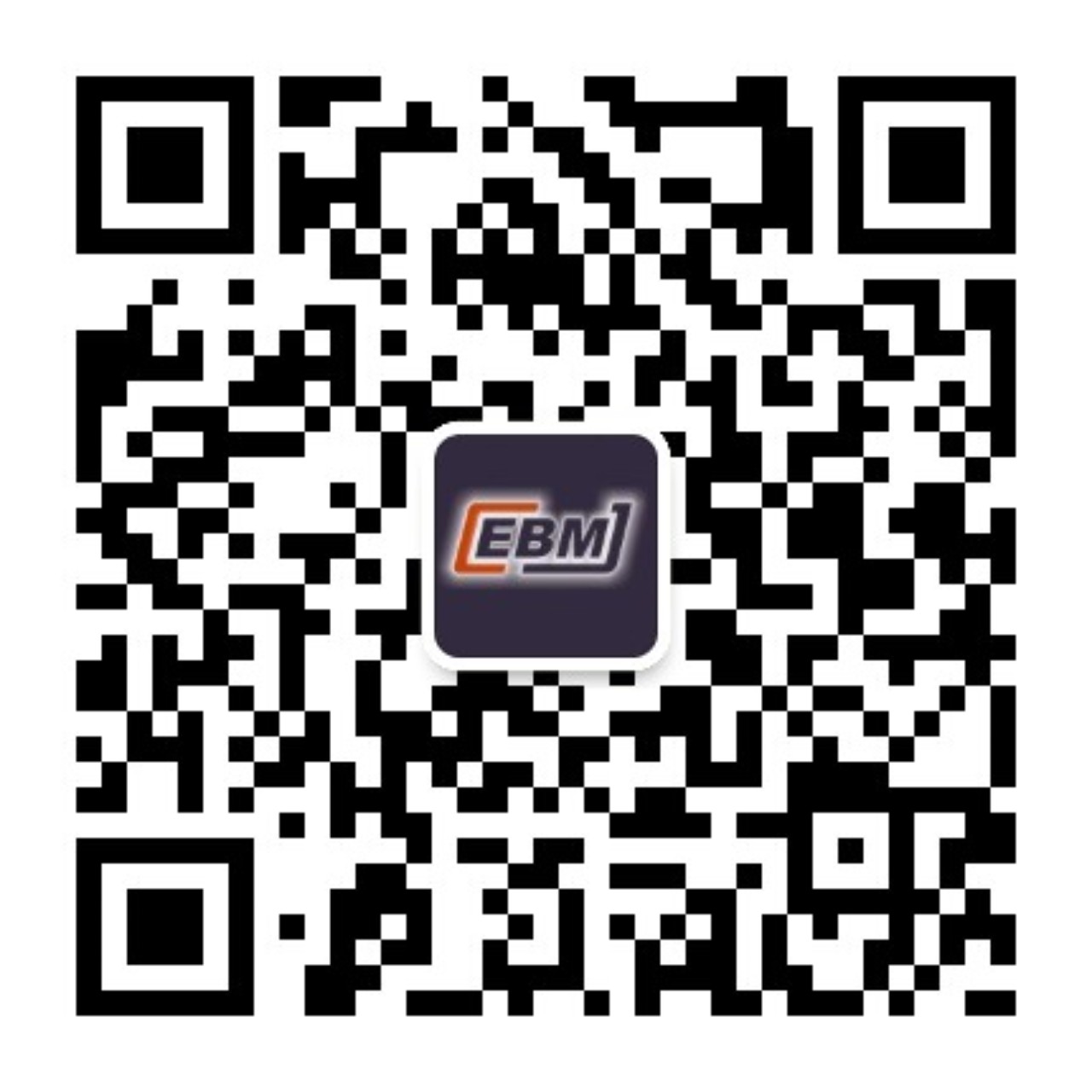Objective To apply the method of evidence-based medicine to identify the best therapy option for an emergency patient with upper gastrointestinal hemorrhage.
Methods According to time and logical sequence of clinical events, a complete decision tree was built after the following steps to find the best treatment: clear decision-making, drawing decision tree graphics, listing the outcome probability, giving appropriate values to the final outcome, calculating and determining the best strategies.
Results The performance of endoscopic therapy for the patient with upper gastrointestinal hemorrhage within the first six hours had little effect on the prognosis. Interventional therapy after the failure of endoscopic therapy had less mortality than direct surgical exploration.
Conclusion Making clinical decision analyses via drawing the decision tree can help doctors clarify their ideas, get comprehensive views of clinical problems, and ultimately choose the best treatment strategy for patients.
Citation:
WANG Lina,PAN Shuming. Use of Decision Tree in Treating an Emergency Patient with Upper Gastrointestinal Hemorrhage. Chinese Journal of Evidence-Based Medicine, 2011, 11(5): 591-593. doi: 10.7507/1672-2531.20110103
Copy
Copyright © the editorial department of Chinese Journal of Evidence-Based Medicine of West China Medical Publisher. All rights reserved
| 1. |
1 Larssen L, Moger T, Bjornbeth BA,
et al
. Transcatheter arterial embolization in the management of bleeding duodenal ulcer:a 5.5-year retrospective study of treatment and outcome.
Scand J Gastroenterol
, 2008, 43(2): 217-222.
|
| 2. |
2 Li JP, Tang GS, Huang YH,
et al
. Application of digital subtraction angiography and interventional treatment in gastrointestinal arterial hemorrhage.
Zhonghua Wei Chang Wai Ke Za Zhi
, 2009, 12(3): 252-256.
|
| 3. |
5 Targownik LE, Murthy S, Keyvani L,
et al
. The role of rapid endoscopy for high-risk patients with acute nonvariceal upper gastrointestinal bleeding.
Can J Gastroenterol
, 2007, 21(7): 425-429.
|
| 4. |
6 Eriksson LG, Ljungdahl M, Sunmdbom M,
et al
. Transcatheter arterial embolization versus surgery in the treatment of upper gastrointestinal bleeding after therapeutic endoscopy failure.
Vasc Interv Radiol
, 2008, 19(10): 1413-1418.
|
| 5. |
高云, 胡道予, 孟令山, 等. DSA及介入治疗在消化道出血中的诊治价值. 医学临床研究, 2007, 24(4): 1671-7171.
|
| 6. |
严山. 上消化道动脉性大出血治疗后再出血栓塞治疗与手术治疗的比较分析. 实用医学杂志, 2006, 22(5): 543-544.
|
- 1. 1 Larssen L, Moger T, Bjornbeth BA,
et al
. Transcatheter arterial embolization in the management of bleeding duodenal ulcer:a 5.5-year retrospective study of treatment and outcome.
Scand J Gastroenterol
, 2008, 43(2): 217-222.
- 2. 2 Li JP, Tang GS, Huang YH,
et al
. Application of digital subtraction angiography and interventional treatment in gastrointestinal arterial hemorrhage.
Zhonghua Wei Chang Wai Ke Za Zhi
, 2009, 12(3): 252-256.
- 3. 5 Targownik LE, Murthy S, Keyvani L,
et al
. The role of rapid endoscopy for high-risk patients with acute nonvariceal upper gastrointestinal bleeding.
Can J Gastroenterol
, 2007, 21(7): 425-429.
- 4. 6 Eriksson LG, Ljungdahl M, Sunmdbom M,
et al
. Transcatheter arterial embolization versus surgery in the treatment of upper gastrointestinal bleeding after therapeutic endoscopy failure.
Vasc Interv Radiol
, 2008, 19(10): 1413-1418.
- 5. 高云, 胡道予, 孟令山, 等. DSA及介入治疗在消化道出血中的诊治价值. 医学临床研究, 2007, 24(4): 1671-7171.
- 6. 严山. 上消化道动脉性大出血治疗后再出血栓塞治疗与手术治疗的比较分析. 实用医学杂志, 2006, 22(5): 543-544.
Journal type citation(11)
| 1. | 谢咚,孙明瑜. 国医大师刘嘉湘滋补肾阴法治疗卵巢癌学术经验. 光明中医. 2023(02): 339-341 .  Baidu Scholar Baidu Scholar | |
| 2. | 宋清雅,崔莎莎,谢雁鸣,刘峘,张寅,鹿琦,庄严. 卵巢癌患者临床特征及联合用药分析. 中成药. 2023(01): 340-344 .  Baidu Scholar Baidu Scholar | |
| 3. | 邵海鸥,李美,刘小红,史亮亮. 修和方加减联合TC化疗对中晚期卵巢癌(气血亏虚证)的效果及作用探讨. 四川中医. 2023(04): 152-155 .  Baidu Scholar Baidu Scholar | |
| 4. | 郭晓娟,陈丽平,吕芹,杜瑞娟,罗琴,张阳,卞华,韩立. 桂枝茯苓胶囊通过调控NF-κB通路抑制卵巢癌细胞的迁移和诱导卵巢癌细胞的凋亡. 南方医科大学学报. 2023(08): 1315-1321 .  Baidu Scholar Baidu Scholar | |
| 5. | 宋丽华,徐珊,蔡晓晓,张灵娟,曹雪. 珍陈扶正汤加减对早中期卵巢癌患者术后化疗毒副作用及血清肿瘤标志物的影响研究. 贵州医药. 2022(11): 1688-1689+1692 .  Baidu Scholar Baidu Scholar | |
| 6. | 杨爽,沈影,韩凤娟. 中医药对卵巢癌的治疗作用及研究进展. 辽宁中医杂志. 2021(10): 202-207 .  Baidu Scholar Baidu Scholar | |
| 7. | 童玫瑰,程千. 清肠解毒方对大肠癌术后复发化疗患者肿瘤标记物水平及生活质量的影响. 陕西中医. 2020(01): 53-56 .  Baidu Scholar Baidu Scholar | |
| 8. | 夏霁,颜梦宇,韩凤娟. 卵巢癌中西医结合多学科综合协作诊疗模式新探索. 上海中医药杂志. 2020(01): 5-8+12 .  Baidu Scholar Baidu Scholar | |
| 9. | 程雄涛,曹建雄. 中药联合化疗治疗胰腺癌疗效的Meta分析. 湖南中医杂志. 2020(09): 140-144 .  Baidu Scholar Baidu Scholar | |
| 10. | 孙婷,张梅,李平. 健脾通络解毒方联合化疗治疗铂敏感复发性卵巢癌的有效性与安全性研究. 四川中医. 2019(11): 165-167 .  Baidu Scholar Baidu Scholar | |
| 11. | 王小毛,黄晶,石峰,吴修洪,周小娟. 中药联合化疗治疗晚期初诊卵巢癌患者的临床疗效及对生存期的影响. 光明中医. 2019(24): 3798-3800 .  Baidu Scholar Baidu Scholar | |
Other types of references(5)
| 1. | 黄艳萍. 基于数据挖掘的卵巢癌中药联合化疗用药规律和核心处方研究[D]. 福建中医药大学. 2024.  Baidu Scholar Baidu Scholar | |
| 2. | 邱楠. 广东省中医院卵巢癌患者回顾性临床研究[D]. 广州中医药大学. 2019.  Baidu Scholar Baidu Scholar | |
| 3. | 马溢聪. 黄芩苷对卵巢癌细胞SKOV3的抑制作用及其机制初探[D]. 北京中医药大学. 2019.  Baidu Scholar Baidu Scholar | |
| 4. | 张雯. 桂枝茯苓方联合常规化疗治疗卵巢癌患者的疗效及安全性的Meta分析[D]. 新乡医学院. 2022.  Baidu Scholar Baidu Scholar | |
| 5. | 侯著梨. 高通量测序技术筛选莪术油作用卵巢癌裸鼠模型后miRNA指标[D]. 湖北民族大学. 2022.  Baidu Scholar Baidu Scholar | |





 Baidu Scholar
Baidu Scholar